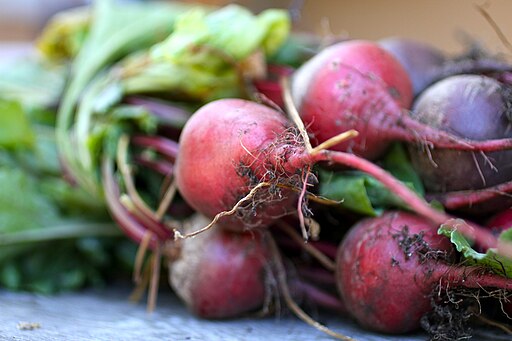
About six months ago, big, reddish-purple blotches began to form on my mother’s forearms. They looked like the birthmarks you sometimes see on a newborn’s fragile skin. This greatly concerned and perplexed both her, and the rest of our family. At first, there were only a couple of them, but soon they began to spread until both of her forearms were virtually covered with them. They probably covered her legs as well, but it was on her arms that they were most directly visible.
It was hard to know what was causing these conspicuous red marks. My mother is now 81 years old and has had Parkinson’s Disease for over twenty years, so we’ve long become accustomed to seeing all sorts of odd symptoms come and go. But when questioned, even the nurses who care for her couldn’t provide us with any answers. Nobody knew anything for sure.
It turns out the culprit was a little pill that she’d been taking daily for years to help reduce her stroke risk. You might be taking it too. According to the USPSTF (United States Preventative Services Task Force), a full 40% of American adults now take it every day. This popular little pill is low-dose aspirin, and its use is so widespread because studies have shown that its blood-thinning properties may help to prevent cardiovascular events and strokes, particularly in those who are vulnerable.
Except it turns out that those studies weren’t very thorough, and were also too optimistic. Several more recent studies now show that daily low dose aspirin has just as great an ability to kill as it does to save. For, while this common drug did help a small percentage of people avoid a severely debilitating or fatal heart attack or stroke, it also increased the rate of dangerous internal bleeding by a roughly equal amount. So, instead of preventing death, it just changed the cause.
Not only was internal bleeding more likely, but those who took a daily dose of aspirin daily were also more likely to die overall, due to increased cancer risk. This finding was particularly disappointing to researchers, as they’d been hoping to prove that daily aspirin use would reduce the risk of cancer, particularly colorectal cancer. Not so.
In response to this new research, the American College of Cardiology and the American Heart Association are changing their guidelines for aspirin use. They now recommend daily, low-dose aspirin only for people whose high risk for heart attack or stroke is outweighed by their risk of internal bleeding, and this will be a much-reduced group. If you don’t have a high risk for heart attack or stroke, you should discuss the situation with your doctor in detail, so you can weigh all the pros and cons together and plan an approach for heart and stroke prevention that works best for you.
For the most part, the emphasis will be on changing your lifestyle, like reducing your blood pressure and cholesterol levels through diet, increased exercise, and cessation of smoking. This may seem impossible for those who have tried, but according to the American Heart Association, nearly 80% of all cardiovascular disease can be prevented entirely through these kinds of lifestyle modifications. We all need to be moving more, and adding more fruits, vegetables and whole grains to our meals. And while it’s always tempting to look for an easy fix, like a simple pill, lifestyle changes provide greater, and more lasting benefits, with no negative side effects.
As for my mother, those red blotches on her arms finally started to go away once aspirin was taken out of her daily drug regimen. It appears likely that they were a sign of hemorrhage in the small blood vessels throughout her body. Considering this new information, we’re lucky she didn’t suffer from more extreme internal bleeding, resulting in death. Instead, I’m happy to report that she’ll soon be celebrating yet another birthday, and when we last spoke, was delighting in all the pretty spring blossoms that have come out with the return of the warm weather. Spring has a marvellous way of providing fresh hope for us all.


